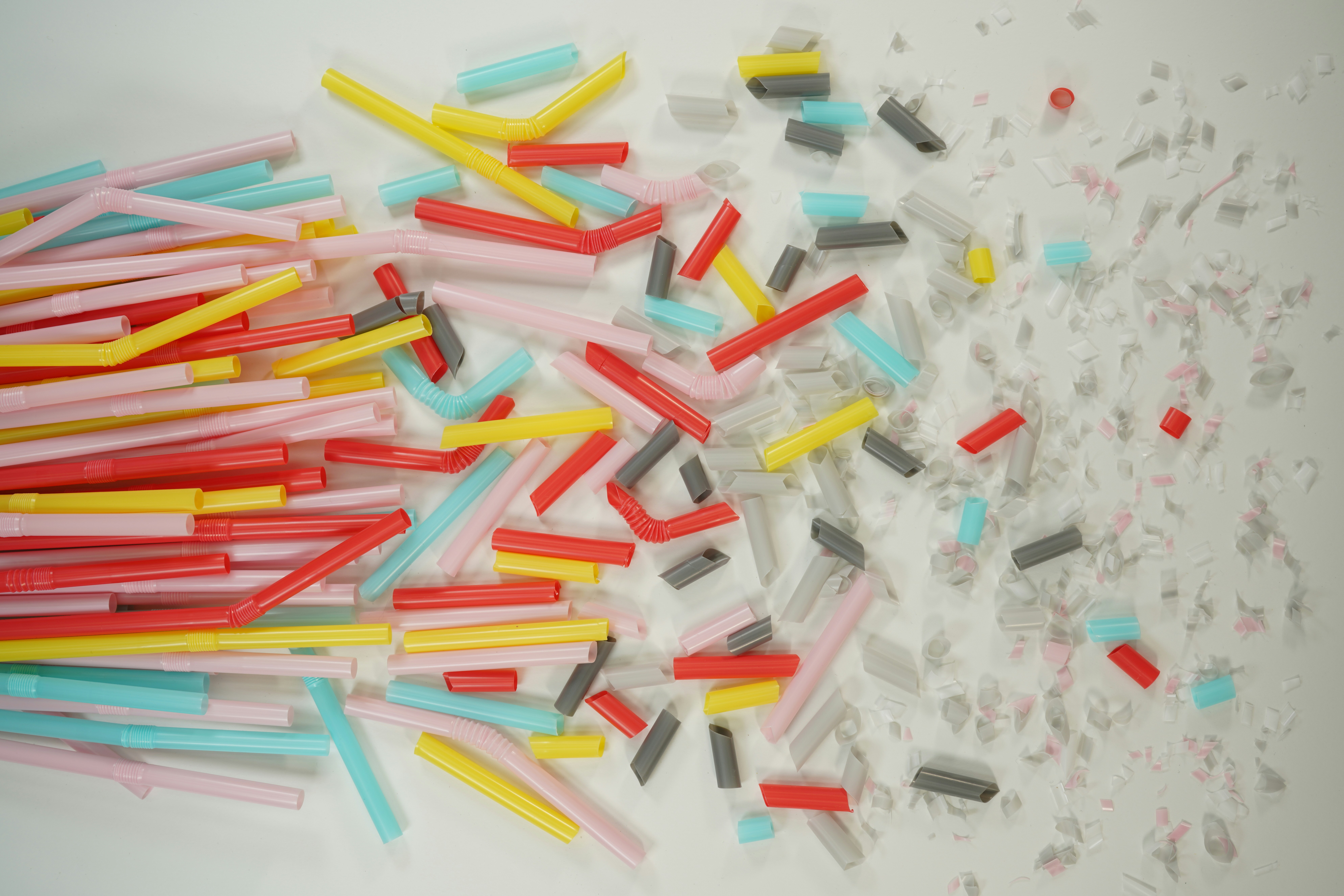Microplastics Exposure & Practical Tips for Sustainability
Published: March 18, 2025 Updated: October 1, 2024

News of microplastics spreading to our brains and causing cancer has been everywhere recently. While the research regarding microplastics is still widely underdeveloped, the emotional response to recent findings is of course one of alarm.
Microplastics have often received a bad rep as they are tiny pieces of plastic debris that measure between 0.2 inches (5 millimeters) to 0.00004 inches (one micrometer) long.
The term microplastics was coined by Professor Richard Thompson, a British scientist who found tiny fragments of plastic along the tideline on the Plymouth coast and in a 2004 paper, he described how microplastics result either from the breakdown of larger plastic pieces in the natural environment or from sources, such as the small plastic beads known as nurdles that serve as feedstock for plastic manufacturing.
Health Impacts of Microplastics
Studies into how microplastics affect human health are still slim and inconclusive, according to the World Health Organization. Though more studies are being conducted, it’s difficult to pinpoint the effect of microplastics beyond that to the visible eye. Some types of plastic are thought to be harmless, whereas others, have been shown to kill human cells in lab dishes, cause bowel inflammation, and reduce fertility in mice. However, connecting the dots between these studies and what might be happening in human populations is challenging, more so because people are exposed to different amounts of plastic over their lifetimes.
Reducing Your Exposure to Microplastics
While researchers are clear that more data is needed to confirm causation and true impact, there are steps you can take to reduce exposure to microplastics:
- Avoid Single-Use Plastic Bottles: The amount of nanoplastics (which is smaller than microplastics) in bottled water is growing so opt for reusable bottles or a filtration system in your home which avoids the need for single-use bottles entirely. It is also worth mentioning that glass bottles have also been found to contain nanoplastics too.
- Keep Plastic from Hot Water: Multiple studies have shown that exposing plastic items to hot water releases trillions of nanoplastics into the water. Avoid drinking tea out of polystyrene cups, microwaving food in plastic containers, and wash all plastic containers in lukewarm water.
- Keep Dust at a Minimum: Dust increases our exposure to microplastics. Regularly vacuum, especially if you have a lot of synthetic soft furnishings, which helps to create microplastic pollution.
- Use Safe Cookware: Plastic and nonstick cookware can potentially release microplastics into food during cooking. Consider using stainless steel or cast-iron cookware instead.
- Switch to Loose Tea Leaves: Tea bags can release microplastics when exposed to high temperatures. Loose tea leaves used with a stainless-steel strainer or infuser can be considered safer alternatives.
By taking these steps, you can significantly reduce your exposure to microplastics and contribute to a sustainable environment. Stay informed and continue to make conscious choices!
